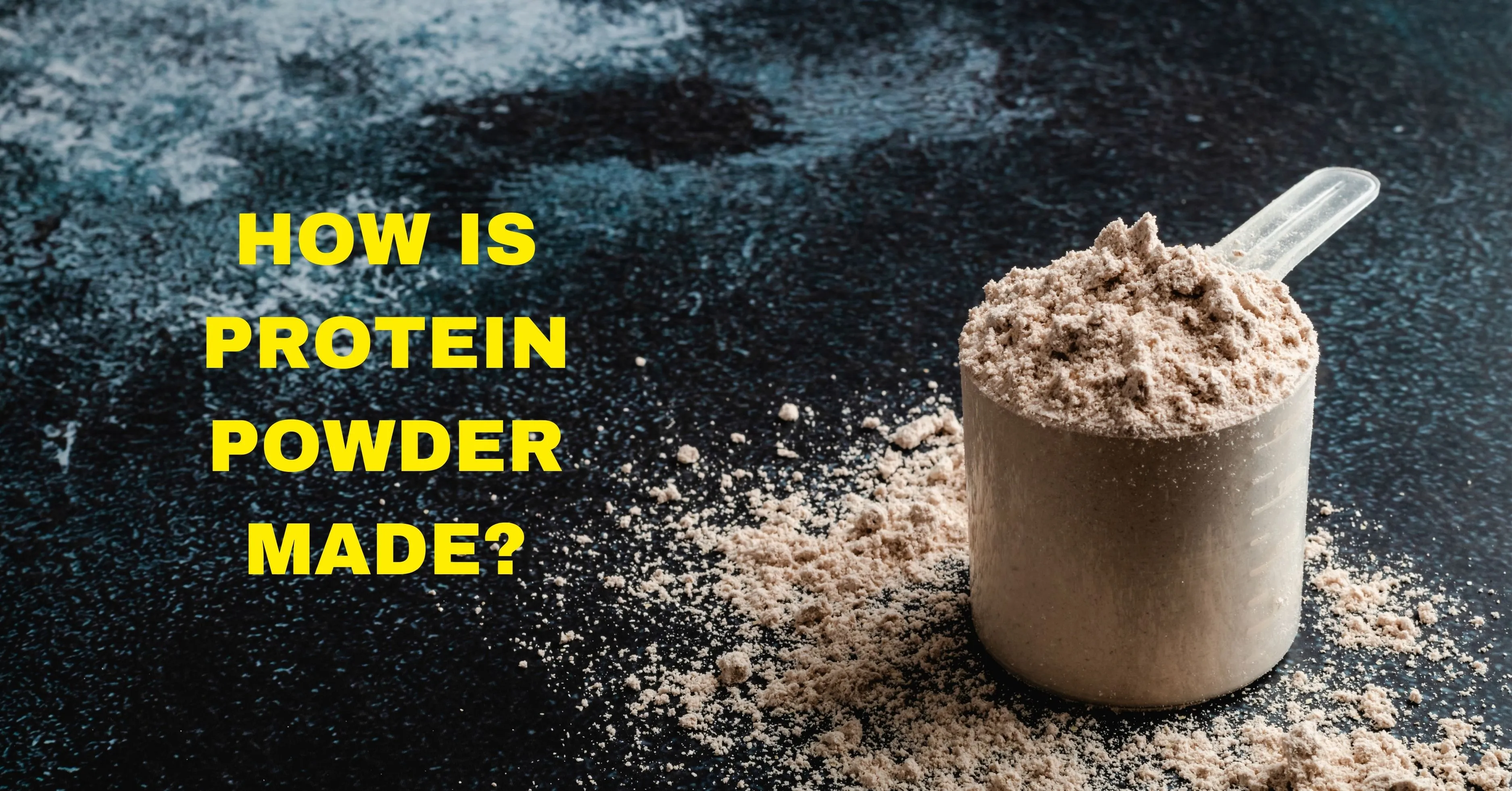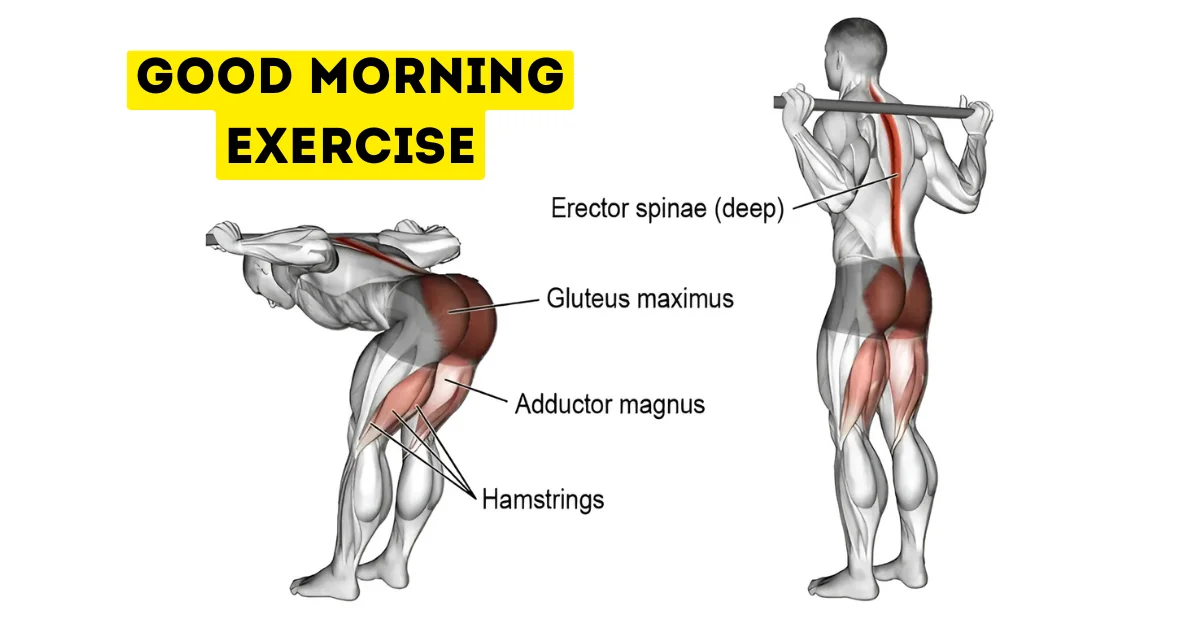“Did you know? The global protein supplements market was valued at over $20 billion in 2022 — and it’s still growing fast!”
If you’re anything like me, you’ve probably wondered once or twice, “How does a bunch of milk or peas turn into that smooth powder in my shaker?” Well, you’re not alone.
Understanding how is protein powder is made isn’t just for fun — it helps us pick better, cleaner products for our bodies. Plus, once you know all the steps, you kinda appreciate your scoop a lot more!
Understanding the protein powder production process isn’t just for gym nerds — it’s for anyone who cares what they’re putting into their body.
So today, we’re diving deep into the real journey behind that magical scoop sitting in your kitchen. How is Protein Powder Made. Let’s find out and see what makes each scoop truly count!

Sourcing the Raw Ingredients
The first step in figuring out how is protein powder made starts at the very beginning: picking the right raw ingredients.
You’ve got different types of proteins like whey, casein, soy, and pea protein, each with its own story. Whey and casein come from dairy, while soy and peas are harvested from plants. Personally, I once made the mistake of assuming all protein was “basically the same.” Nope. I found out the hard way after my stomach got wrecked by a low-quality soy protein.
Protein powder production really depends on getting clean, top-quality sources. Good companies work directly with farms to make sure they’re getting stuff that’s free from extra junk like pesticides or hormones.
There’s a difference between regular and organic protein powders too. Organic whey or plant proteins are from farms that don’t use nasty chemicals. It’s usually marked with a USDA Organic stamp.
Also, when it comes to plant-based stuff, sourcing vegan protein is a little trickier. Crops like peas and soy have to be super clean or else the final protein ends up tasting earthy in a bad way. You gotta be picky.
While your protein fuels recovery, don’t forget to pair it with a smart workout routine. Here’s a great list of the Best Bodyweight Exercises to Get Strong — perfect if you train at home.
Quick Tip: Look for labels like "grass-fed whey" or "non-GMO plant protein" if you wanna play it safe. The extra few bucks are totally worth it for better taste and digestion!
Extraction and Filtration
Alright, once they’ve got the raw goodies, the next step is getting the actual protein out. This part kinda feels like a high school science project… but way cooler.
Most companies use things like ultrafiltration or microfiltration. Think of a super-fancy coffee filter, but for protein!
The goal? Separate the pure protein from stuff we don’t want — like extra fats, carbs, and lactose. (Especially important if you’ve got tummy issues like me!)
Oh, and speaking of gut health, have you ever wondered, Does Whey Protein Increase Testosterone? That article clears up a lot of myths.
According to Healthline, ion exchange involves using chemicals to isolate protein, which can sometimes affect nutritional integrity. That’s why many brands now prefer ultrafiltration or microfiltration — they’re gentler and preserve more of the good stuff.
Mechanical methods (like filtration) are usually better than chemical extraction because they keep the nutrients intact.
And get this — good protein manufacturing processes avoid crazy high temps during extraction. Heat can wreck delicate amino acids, and nobody wants half-dead protein.
Drying and Powder Formation
Now it’s time to turn that pure liquid protein into powder magic!
Spray drying is the usual method. The filtered protein liquid is sprayed into a big hot chamber, and poof! The water evaporates almost instantly, leaving fine dry powder behind.
Freeze drying is rarer but awesome because it uses super cold temperatures instead of heat. It’s gentler and keeps more nutrients locked in. (But dang, it’s expensive.)
Here’s the kicker — if the drying process is sloppy, the powder can clump like crazy. Ever tried mixing a protein that just sticks to your blender like cement? That’s poor moisture control, buddy.
Moisture control is super important. Manufacturers keep water content low to make sure the protein powder stays fresh longer.
Less moisture = longer protein shelf life = fewer mold risks.
Pro Tip: If you ever see “spray dried” or “cold processed” on a label, that’s a good sign the protein powder solubility will be way better when you mix it.
Flavoring, Sweetening, and Additives
Okay, so now we have pure protein powder…but if you’ve ever tasted raw whey, you know it’s kinda like chewing on a gym sock. Enter: flavoring, sweetening, and additives.
Most companies toss in stuff like natural vs artificial flavors protein enhancers. Stevia, monk fruit, or sucralose are common protein powder sweeteners. Some use thickeners, emulsifiers in protein, or anti-caking agents to keep things smooth.
Want to actually use your protein in a plan that works? Try our 7-Day High Protein Diet Plan for Weight Loss — it’s a perfect match.
I remember buying a “chocolate” protein once that tasted like dusty cardboard. Turned out it had fake cocoa flavoring and about twenty mystery chemicals.
Pro tip: Look for labels that list natural flavoring and avoid a novel’s worth of chemical names. How protein is flavored matters big time for your gut and your taste buds.
Also — protein homogenization during this step ensures all the flavors and proteins mix perfectly. If your powder clumps weirdly? Somebody messed up the blending.
Blending and Homogenization
Now the powder needs a proper stir-up, called blending and homogenization.
Factories use crazy industrial mixers that could stir a small car. They make sure protein blending process gives you an even scoop every time. Imagine buying protein only to scoop all the cocoa into your first shake and none for the next 29. Not cool.
Homogenization helps with protein powder solubility too. I once bought a cheap brand that clumped like cat litter no matter how much I shook it. Lesson: protein powder consistency is no joke!
And if you’re wondering how to structure your meals around this, check out our High Protein Diet Plan for Men — it’s super easy to follow.
Testing for blend uniformity and shake-ability is a real thing during this stage. Brands serious about quality will test every batch before it hits shelves.
Quality Control and Safety Testing
Here’s the nerdy but vital bit: quality control and safety testing.
Good companies follow GMP in supplement industry rules and FDA regulations. They do microbial testing supplements, protein content verification, allergen screening supplements, and traceability in protein manufacturing to track batches.
I read once about a batch that got pulled off shelves because it contained undeclared allergens — scary stuff.
Tip from my coach: Always buy from brands that show protein supplement regulations and protein supplement safety testing results openly. Transparency = trust.
Packaging and Distribution
Now that the powder is perfect, time to seal the deal: packaging and distribution.
Tubs, bags, or single-serve packets all need special sealing like nitrogen flush protein powder and vacuum sealing to keep out moisture and oxygen.
Funny story: once ordered a tub online that came half-opened. Protein smelled like cardboard. Gross. Packaging matters. Good companies invest in tight protein labeling standards and safe shipping.
And yeah, shelf-stability is a big deal. You don’t want your expensive protein turning into a rock after two weeks.
Sustainability and Ethical Considerations
Finally, let’s talk sustainability and ethical considerations. It’s not just about getting swole anymore.
Some brands work hard to make eco-friendly protein powder, cutting down on plastic, using plant-based protein powder over animal-based protein when possible, and even partnering with sustainable farms.
Environmental impact whey production is huge, and brands that care will invest in cleaner processes.
When I switched to a vegan protein production brand, I noticed I felt better — and felt kinda good knowing I was helping the planet a little too.
Certifications like non-GMO protein powder and USDA organic certification are golden tickets here.
Conclusion
Learning how is protein powder made honestly changed my whole outlook on supplements.
Now I check sourcing, filtration methods, flavoring, packaging, and sustainability before buying any new protein powder. No more buying the cheapest jug on sale just because it “looks cool.”
I hope this guide gives you real tools to pick better powders, not just for performance, but for your overall health too. Always think about protein powder production, protein supplement safety, and sustainability before you scoop!
For specific recommendations, check out our list of the Best Protein Powders for 2025 to find clean, effective options.
If you’ve got any funny protein stories — or if you’ve found an awesome clean brand — drop a comment and share! We can all use good tips!





